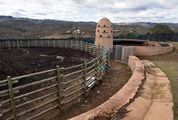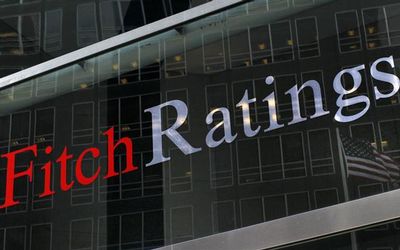SA MAY not be as vulnerable to the risks associated with rate hikes in the US, though ultimately this will be determined by a range of factors — some of which are not easily quantifiable.
This is according to rating agency Fitch, which said in a report that the large emerging markets sometimes considered most at risk from tighter US monetary policy — Brazil, India, Indonesia, Turkey and SA — are exhibiting fewer signs of vulnerability to a drop in capital inflows than some of their smaller counterparts.
The countries named above are also known as the "Fragile Five". Morgan Stanley coined the phrase in late 2013 to identify what it perceived as the economies most at risk to the tapering of quantitative easing (QE) by the US Federal Reserve.
US Federal Reserve chairwoman Janet Yellen last week in her testimony to congress reiterated that a rate hike was probable at the next Federal open market committee meeting to be held in September.
"We are close to where we want to be, and we now think that the economy can not only tolerate but needs higher interest rates," Ms Yellen said during a question and answer session.
Market analysts have speculated whether the intended rate hike will cause a "taper tantrum" such as that seen in 2013 when the Fed first announced its intentions to end the QE programme. SA saw some serious capital flight as well as a marked depreciation in the rand.
In March this year, International Monetary Fund MD Christine Lagarde said she feared the "taper tantrum" was not a one-off event.
"This is so because the timing of interest rate liftoff and the pace of subsequent rate increases can still surprise markets," Ms Lagarde said in a speech.
Fitch said fears about a sudden reversal of capital inflows to emerging markets such as SA may be overdone.
"Perceptions of huge inflows generated by ultra-loose US monetary policy may be misplaced. We do not expect a systemic emerging market crisis," the agency said.
Fitch, however, said a rise in US interest rates would worsen the macroeconomic and external financing pressures on emerging markets. SA is reliant on capital inflows to service its current account deficit.
"Other challenges that emerging markets face can affect their overall vulnerability to shocks — including other shocks than to capital flows," the rating agency said.
The rand was on unsteady footing on Friday, seemingly testing Fitch’s theory.
The local unit weakened as market speculation on whether the US Federal Reserve would hike rates in September intensified.
The dollar strengthened on Thursday following the release of better than expected US weekly jobless claims data.
Analysts have said the jobless claims data indicate the US Labour Department will release a strong nonfarm payrolls report in the first week of August.
The Fed has particular interest in jobs data as they are one of the indicators of a healthy economy. If the payrolls report is upbeat‚ the Fed is likely to hike rates at its September meeting.
At 1.20pm, the rand was trading at R12.6170 against the dollar from a Thursday close of R12.4675. This level was close to the worst level it reached this year, of R12.6372, on June 8.


























Post a comment